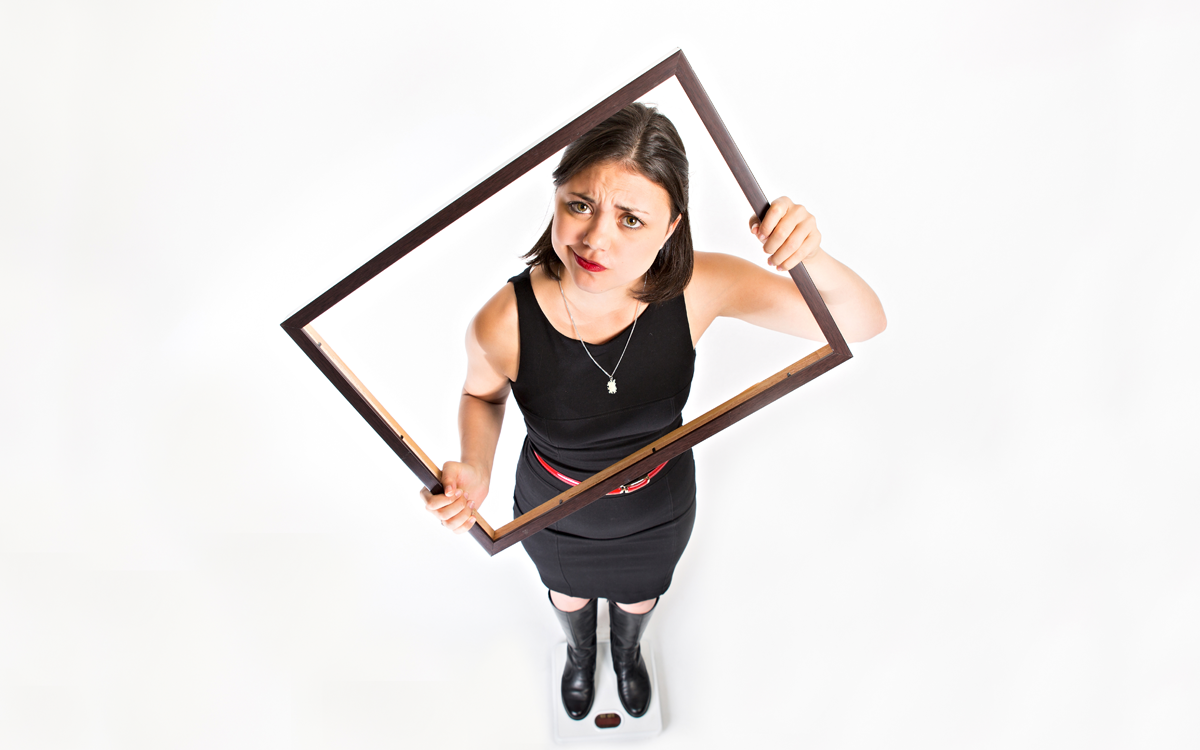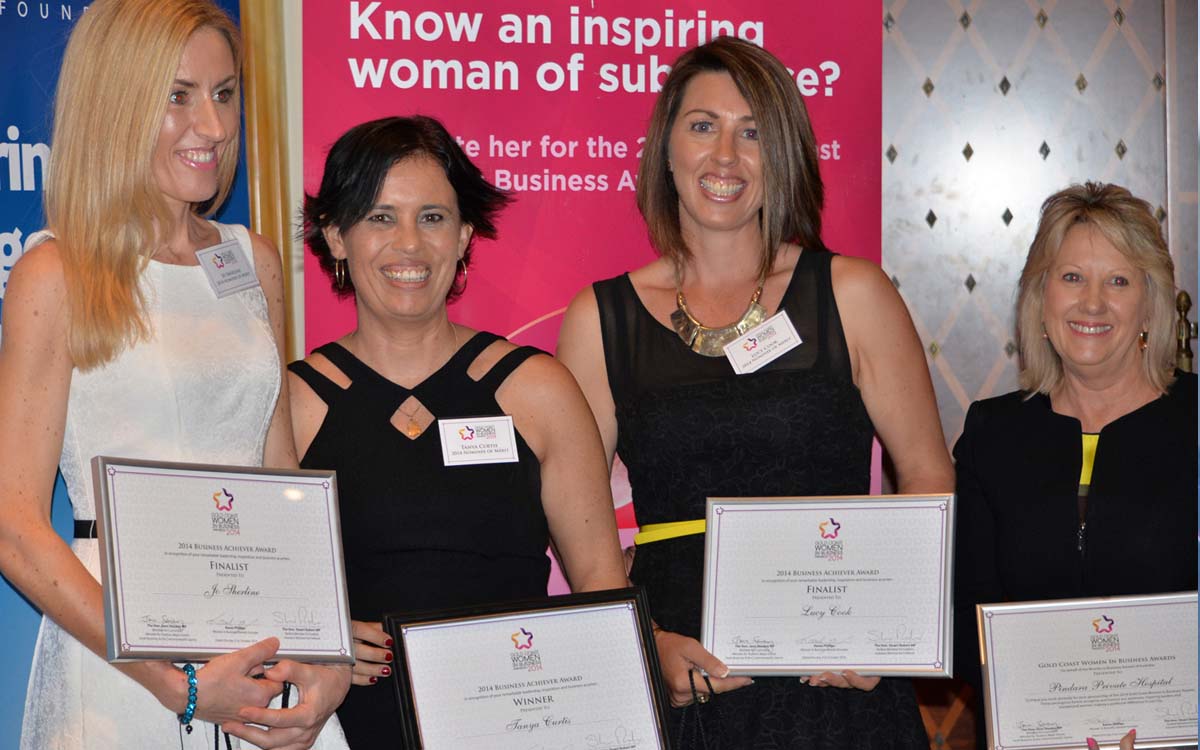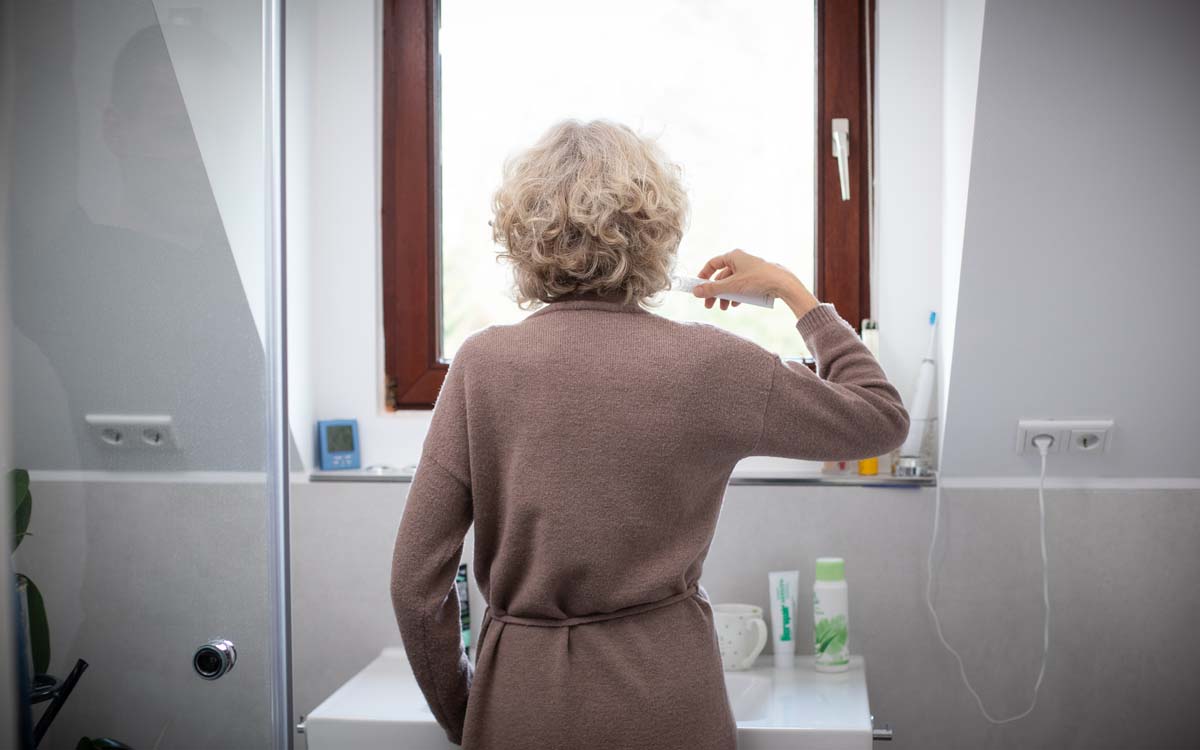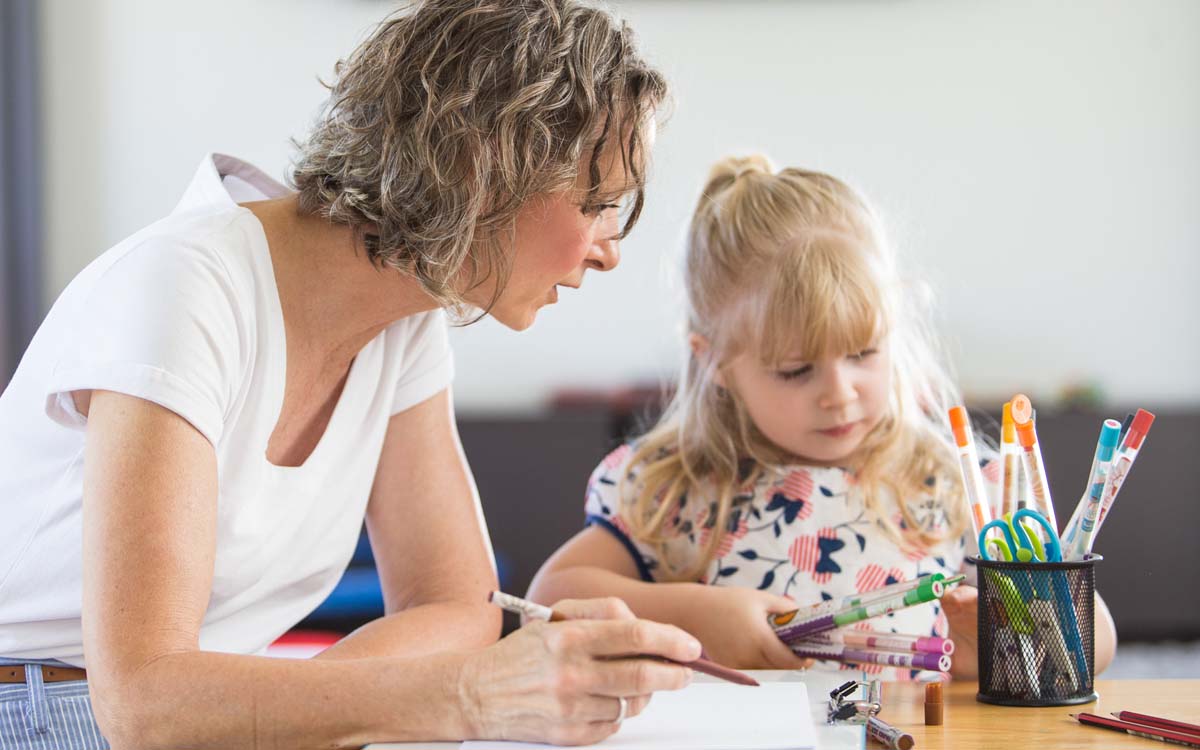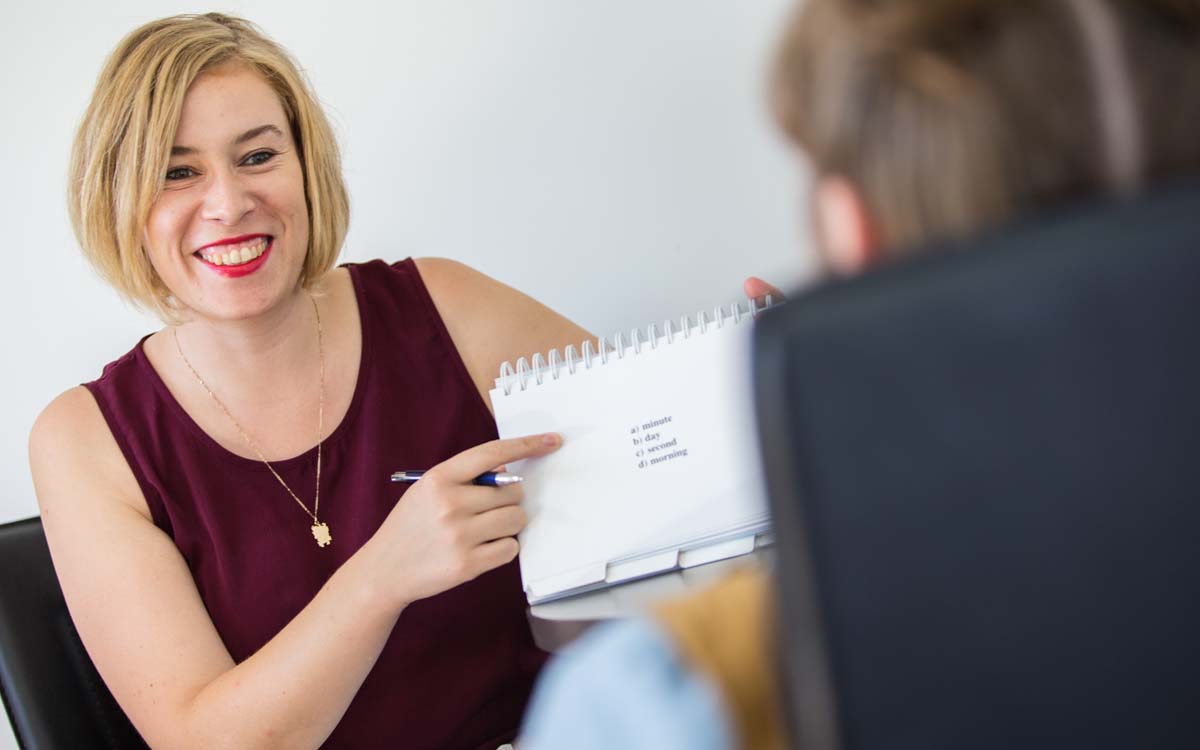Smashed Pictures are one of our greatest forms of anxiety, thus “Smashed Pictures” lead to all forms of behavioural deterioration.
Each day we create “pictures” about the way we would like something to be. These pictures are simply the way: we expect something to be, want something to be or think something SHOULD be.
Pictures are the images we create as to the way we predict something will be.
For example we might create pictures about:
- What will be on the dinner table tonight
- The way other people SHOULD behave. For example: what people should say, how they should say it, they way they should dress, what they should do or not do etc.
- The roles people SHOULD play. For example: I’m a mother and I should do certain things to make me a “good mother”; my brother should behave in a particular way just because he’s my brother; my husband should remember to …
- What will happen at a certain time. For example: 5pm the news is ALWAYS on; when the bell rings we go out for lunch; when the sun comes up it’s time to wake up and make noises; first I eat my dinner, then I get a treat
- What happened last time will happen this time. For example: Last time I came to the shops with you, you bought me a treat, I expect this to happen again as it is a routine that has been created
The list of pictures people create is ENDLESS but rest assured, most people are creating pictures ALL day EVERY day, children, teenagers and adults. The reality is, these pictures are often our first triggers to anxiety, well maybe not the picture itself but when the picture gets smashed we begin to experience a form of anxiety.
Thus, when our created pictures, ‘shoulds’, expectations and wants are not fulfilled, people often do not feel equipped to manage. That is, the pictures we create often DO NOT HAPPEN according to the way we had predicted and thus we have what we call a SMASHED PICTURE. Smashed pictures are one of a person’s triggers to increased anxiety and thus guaranteed behavioural deterioration.
Thus, when any person’s behaviour is deteriorating (either mildly or intensely), the first question we could ask is “What picture did that person have that has just been smashed?”
By asking this question we begin to develop a greater understanding as to why any unwanted behaviour is being used, remembering all unwanted behaviour happens when presented with something the person finds difficult, challenging, uncomfortable or unwanted in some way.
The reality is, all created pictures are “shoulds” that come with an imposition as we impose these expectations on ourselves and other people.
For long-term healing to occur, we need to:
- Start taking responsibility for our own pictures and question the validity and reality of each picture we have created.
- Acknowledge the pictures we have created as well as acknowledging how we truly feel when our own pictures have been smashed (the worst thing to do is bury our hurts when our pictures are smashed).
- Know we are responsible for the pictures we create and others are responsible for the pictures they create.
- Understand that we often create different pictures from other people … each person’s picture is real for them, judging another person’s picture is automatically creating another should.
- The key is to understand and not judge.
- Share our pictures without any expectation that others will have the same picture as ours and thus not impose our created picture on others. For example: my picture is that we will have soup for dinner tonight … what’s your picture?
- Understand we must not EXPECT that others know our pictures without sharing our pictures.
Same and/or liked pictures = low anxiety thus likely wanted behaviour
Different and/or disliked pictures = high anxiety thus likely behavioural deterioration
By being honest about our pictures and how we feel about our smashed pictures we are taking the first steps to taking responsibility for our own anxiety and unwanted or non-preferred behaviours.
This article was originally published in the November 2013 Edition of Haven Magazine.
